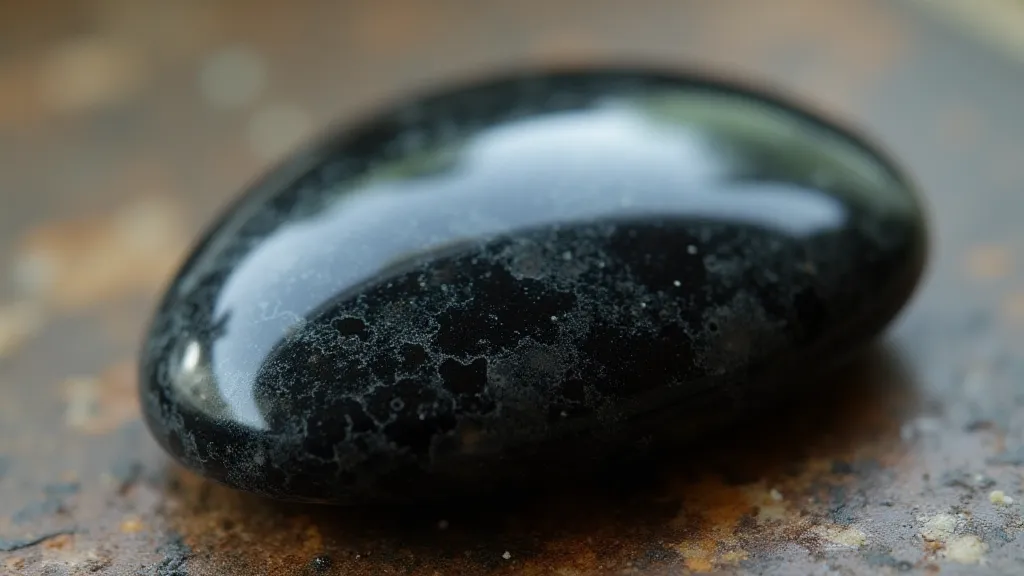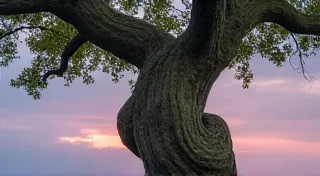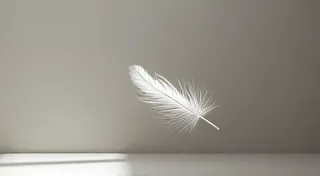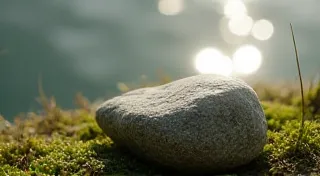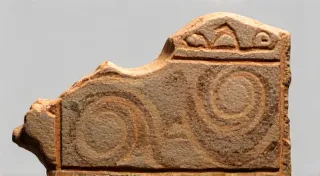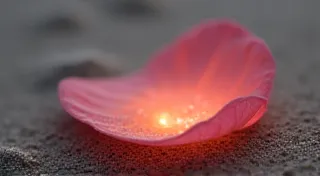The Obsidian Mirror: Confronting Shadows and Finding Clarity in the Dark Stone
There's a particular quality to obsidian that resonates deeper than its striking blackness. It’s not merely a stone; it's a mirror, reflecting not outward, but inward. For those drawn to lapidary work, rockhounding, and the quiet pursuit of geological understanding, obsidian holds a unique significance – a pathway to facing challenges, uncovering truths, and ultimately, finding clarity. This isn't just about cutting and polishing a beautiful stone; it’s about confronting the shadows within ourselves and in our craft.
My first encounter with obsidian wasn't in a lapidary shop, but in a dusty antique store. I was searching for a particular vintage accordion, drawn to the echoes of music and memory that clung to its weathered keys. Amidst the accordions, a small, unassuming piece of obsidian caught my eye. It was rough, imperfect, and utterly captivating. The owner, a wizened man with kind eyes, told me it was from a nearby volcanic region, a place of raw power and transformative energy. He spoke of the stone's ability to reveal hidden aspects of the self, a concept that, at the time, felt distant and slightly unsettling. I bought it, more out of curiosity than conviction, unaware of the journey it would set me on.
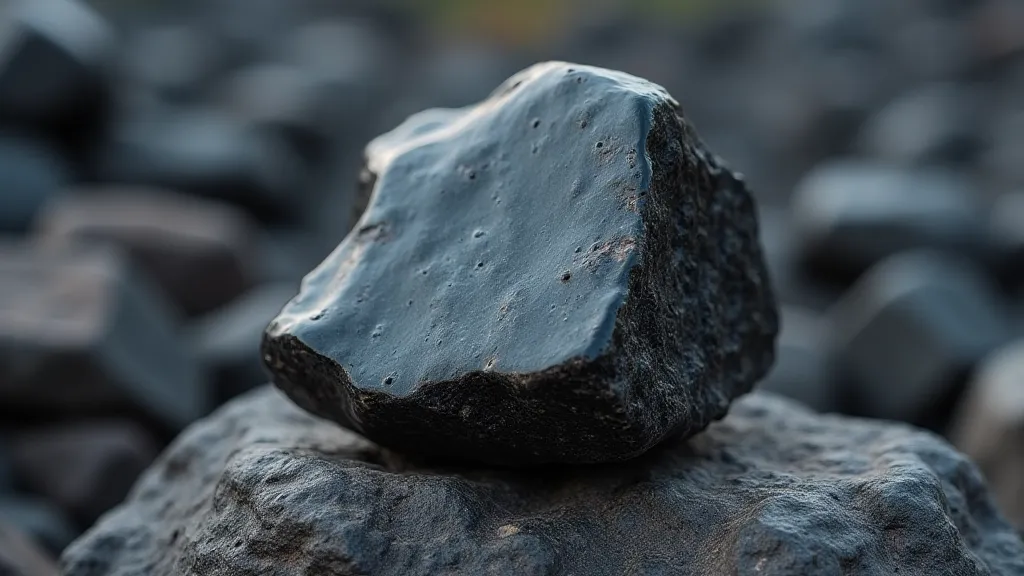
The Volcanic Birth and Ancient Significance
Obsidian’s story begins with fire and fury. It's volcanic glass, formed when molten lava cools rapidly, preventing the development of crystal structures. This rapid cooling is what gives it its unique, glassy texture. Its widespread occurrence – from Iceland and Mexico to the United States and Italy – speaks to the geological dynamism of our planet. For millennia, cultures around the world have revered obsidian. The ancient Aztecs and Mayans used it to craft razor-sharp blades, surgical tools, and ceremonial objects. The Greeks, too, valued obsidian, believing it to be a gift from the gods, often incorporating it into jewelry and amulets. The name “obsidian” itself originates from "obsides," the Greek word for "resembling a falcon's blade," a testament to its sharpness.
Lapidary Challenges and the Pursuit of Perfection
Working with obsidian in lapidary presents unique challenges. Its conchoidal fracture – meaning it breaks with a curved, shell-like pattern – makes it incredibly sharp but also unpredictable. A slight miscalculation, a dull bit, or even a minor tremor can result in the stone shattering, sending shards flying. The initial learning curve is steep, requiring patience, precision, and a healthy respect for the stone's inherent power. It's a microcosm of life, isn’t it? Often, our greatest ambitions require us to navigate risks and face the possibility of failure.
I remember my first attempt at creating a cabochon from a piece of obsidian. I envisioned a perfectly smooth, polished dome reflecting light with mesmerizing beauty. What I ended up with was a jagged, uneven mess, a stark reminder of my inexperience. The frustration was palpable, the urge to abandon the project almost overwhelming. But something held me back - a sense of responsibility to the stone, a desire to unlock its potential, and a quiet determination to learn from my mistakes. That early failure taught me far more than any textbook could have. It instilled in me a deeper appreciation for the craft, a greater understanding of the importance of preparation, and a profound respect for the raw material. The cabochon making guide you might find online helps, but nothing truly compares to experience.
Reflecting on Your Craft: The Symbolism of Imperfection
The imperfections in obsidian – the subtle variations in color, the occasional inclusion, the tiny fractures – are not flaws; they are part of its story. They are a record of its volcanic birth, its journey through time, and the hands that have shaped it. Similarly, in our own lives, it’s our imperfections – our mistakes, our vulnerabilities, our failures – that make us who we are. It’s those moments of struggle and resilience that define our character and shape our journey.
As I honed my lapidary skills, I began to see the obsidian not just as a stone to be cut and polished, but as a mirror reflecting my own journey. The challenges I faced in the lapidary process mirrored the challenges I faced in life - the need for perseverance, the importance of self-awareness, and the acceptance of imperfection. I realized that the true beauty of obsidian lies not in its flawless surface, but in the story it tells. This concept easily applies to other areas too, like restoring antique accordions – understanding their history, appreciating their wear, and meticulously bringing them back to a playable state is a deeply rewarding experience.
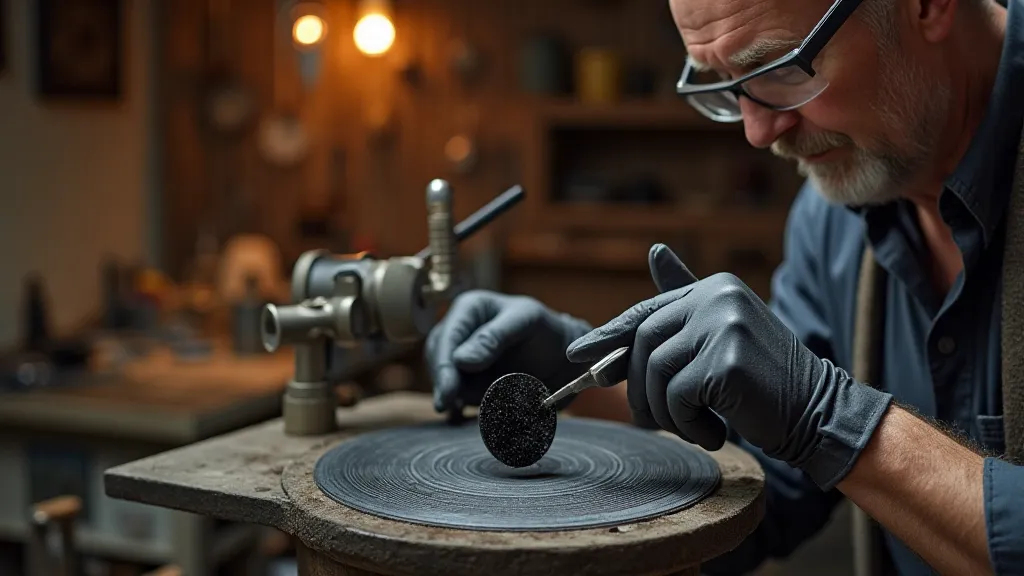
Connecting with the Earth and Finding Your Ground
Rockhounding itself is a meditative practice. The act of searching for these hidden treasures, often in remote and beautiful locations, connects you to the earth in a profound way. It's a reminder of the immense power and beauty that lies beneath our feet. For someone interested in mineral collecting guide, remember that respecting the environment and adhering to local regulations is paramount. Sustainable rockhounding practices ensure that these resources remain available for future generations.
The search for obsidian often leads you to volcanic landscapes – areas of dramatic beauty and geological significance. Standing amidst ancient lava flows, feeling the energy of the earth beneath your feet, you can’s help but feel a sense of awe and humility. This connection to the natural world can be incredibly grounding, providing a sense of perspective and reminding you of your place in the larger scheme of things. The geology hobby projects available are a great way to expand your knowledge and appreciation of these landscapes.
Facing Shadows, Embracing Clarity
Obsidian’s darkness is not something to be feared but embraced. It's a canvas for self-discovery, a mirror reflecting both our strengths and our weaknesses. The process of working with obsidian, of confronting its challenges, of appreciating its beauty, can be a transformative experience. It teaches us to face our shadows, to embrace our imperfections, and to find clarity in the darkness.
That first, fractured cabochon I made from obsidian now sits on my desk, a constant reminder of the lessons I’m still learning. It's a symbol of resilience, a testament to the power of perseverance, and a celebration of the beauty that can be found in imperfection. Like the careful restoration of a beloved accordion, lapidary work with obsidian is a journey of patience, dedication, and a deep appreciation for the treasures that lie hidden within.
